Country
code
Cambridgeshire
Crash of a Pilatus PC-6/B2-H2 Turbo Porter near Peterborough
Date & Time:
Dec 18, 1983 at 1042 LT
Registration:
G-BIZP
Survivors:
Yes
Schedule:
Peterborough - Peterborough
MSN:
812
YOM:
1981
Crew on board:
1
Crew fatalities:
Pax on board:
8
Pax fatalities:
Other fatalities:
Total fatalities:
0
Captain / Total hours on type:
700.00
Circumstances:
The aircraft took off on the first flight of the day with eight parachutists, and a reported fuel load of 70 US gallons. At an altitude of approximately 11,000 feet it was decided that the cloud cover at that time was obscuring the dropping zone to an unacceptable degree, and so the detail was cancelled. During the subsequent descent, on rolling out of a left turn at about 4,500 feet, a bang was heard, and the left aileron was seen to have become partially detached. After a violent lateral oscillation of the control column lasting a few seconds, the right aileron also became partially detached. At this stage the parachutists successfully abandoned the aircraft on the orders of the pilot. The aircraft then adopted an angle of bank to the right of approximately 45° despite the application of full left rudder. The descent was continued until the pilot realized that the aircraft was approaching the village of Yarwell; he therefore applied engine power to ensure that the aircraft would clear the houses. The bank angle then increased to 60° and the aircraft struck the ground right wing low, coming to rest upright, and facing the opposite direction. The pilot sustained minor injuries, and there was no fire.
Probable cause:
Subsequent examination showed that, on each aileron, the centre of the three attachments to the wing had suffered an in-flight failure, leading to the subsequent detachment of one half of each aileron control surface. Detailed inspection revealed the presence of fatigue in each of the rear angle brackets, located within the wing, to which are attached the aileron supports. Preliminary indications are that the point of primary failure occurred at the left aileron rear angle bracket; the remaining brackets had failed subsequently as a result of overload.
Final Report:
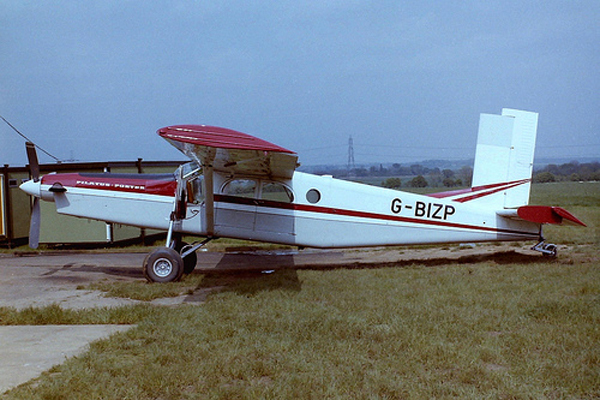
Crash of a Pilatus PC-6/B2-H2 Turbo Porter in Sibson
Date & Time:
Feb 15, 1981 at 1450 LT
Registration:
G-BHCR
Survivors:
Yes
Schedule:
Sibson - Sibson
MSN:
732
YOM:
1970
Crew on board:
1
Crew fatalities:
Pax on board:
9
Pax fatalities:
Other fatalities:
Total fatalities:
0
Captain / Total hours on type:
21.00
Aircraft flight hours:
3570
Circumstances:
The aircraft was making a parachuting flight in fine weather and was being flown by a pilot who held a Private Pilot's Licence. Almost immediately after becoming airborne the pilot found he had to use both hands on the control column to counter a strong nose-up out of trim force. The aircraft gained about 250 feet in a semi-stalled condition, then yawed to the left and lost height until it struck the ground, suffering serious damage but no catching fire. Three of the nine parachutists on board received serious injuries and the other occupants received minor injuries.
Probable cause:
The accident was the result of loss of control of the aircraft following a takeoff with an incorrect horizontal stabilizer trim setting. Contributory factors were the incorrect loading of the aircraft, the difficulty of re-trimming the horizontal stabilizer rapidly and an inadequate standard of aircraft operation.
Final Report:
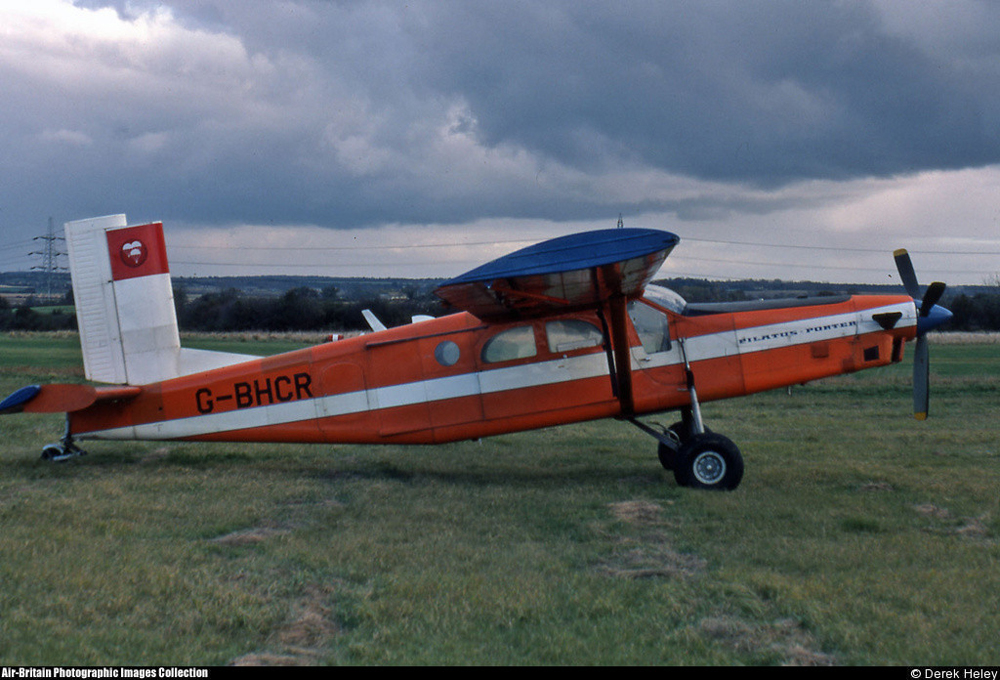
Crash of a Lockheed C-141A-LM Starlifter near Peterborough: 18 killed
Date & Time:
Aug 28, 1976 at 1240 LT
Registration:
67-0006
Survivors:
No
Schedule:
McGuire - Mildenhall - Torrejón
MSN:
300-6259
YOM:
1967
Crew on board:
4
Crew fatalities:
Pax on board:
14
Pax fatalities:
Other fatalities:
Total fatalities:
18
Aircraft flight hours:
14989
Circumstances:
The Starlifter registered 67-0006 had a recent history of weather radar problems. It had been written up by crew members eight times previously. On the day of the accident the maintenance crewman, unaware of the previous problems, checked the radar. It seemed to be working, so it was signed off as "Ops Check Okay". Shortly after takeoff from McGuire AFB, the crew noticed that the radar was inoperative. Since severe weather was not forecast, they elected to continue to RAF Mildenhall, UK. Two hours after takeoff, British forecasters issued a SIGMET for "Moderate to occasional severe clear air turbulence from FL240 to FL400", but the crew never got this report. Four hours after takeoff the crew updates the weather forecast. They receive a weather forecast of "3/8 at 3000 feet, 4/8 at 4000 feet with an intermittent condition of wind 030/12 gusting 22, visibility five miles in thunderstorms, 2/8 at 2000 feet 5/8 at 2500 feet". The crew then attempted to get an update one hour from Mildenhall, but was unable to contact the base. Another station reported "4/8 Thunderstorms tops to FL260". During the enroute decent they entered the clouds. At FL150, they requested vectors around the weather. Because the primary radar was inoperative, the controller advised that he would have difficulty providing avoidance vectors. The aircraft then entered the leading edge of a very strong line of thunderstorm cells. One estimate indicated they encountered a 100 mph downward vertical airshaft. The right wing had failed, followed quickly by the upper half of the vertical stabilizer, and the four engines.
Source: C-141 Lifetime Mishap Summary / Lt. Col. Paul M. Hansen
Source: C-141 Lifetime Mishap Summary / Lt. Col. Paul M. Hansen
Probable cause:
Loss of control due to severe atmospheric turbulences in thunderstorm activity.
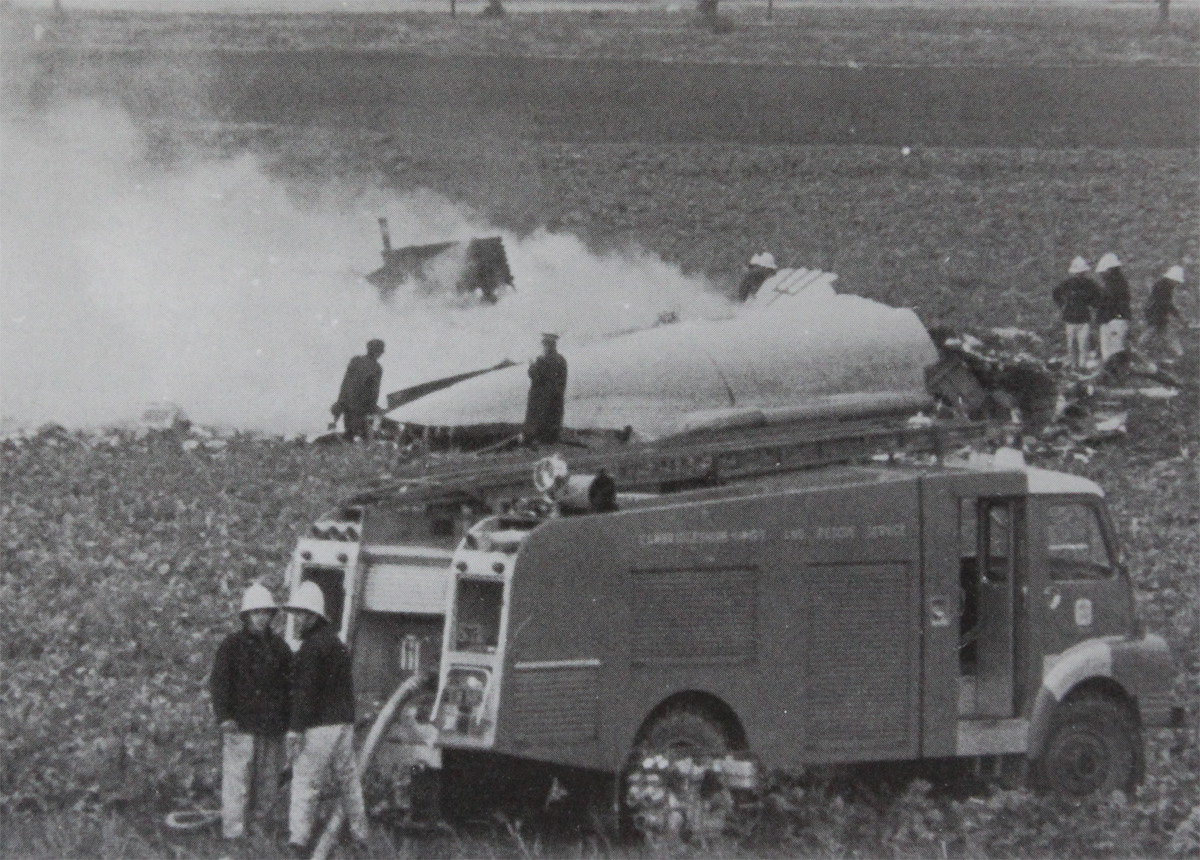
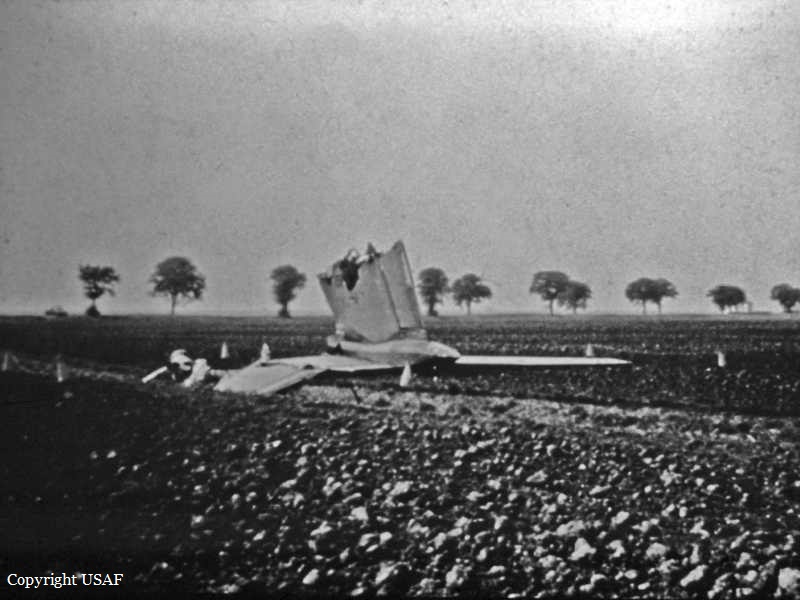
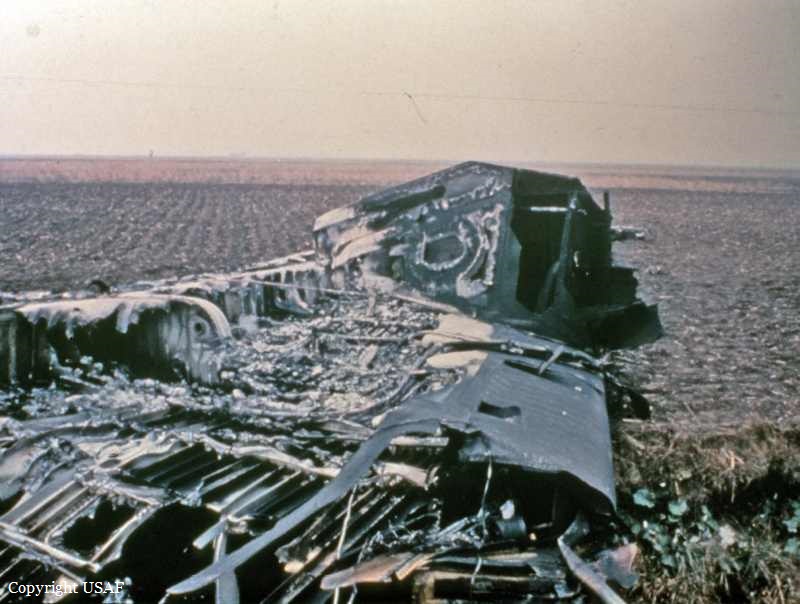
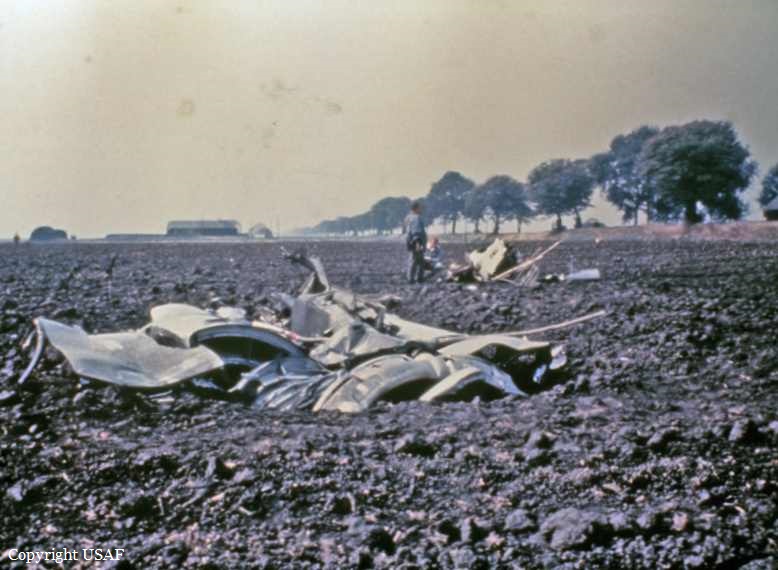
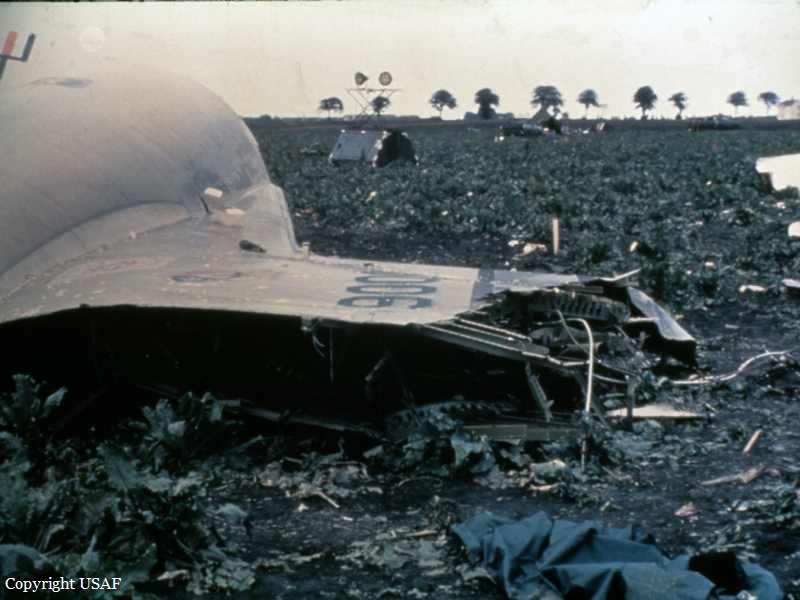
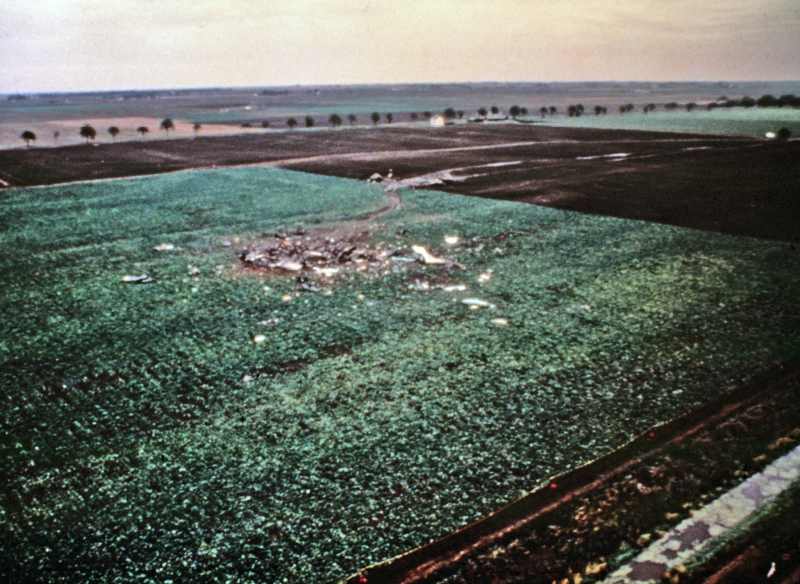
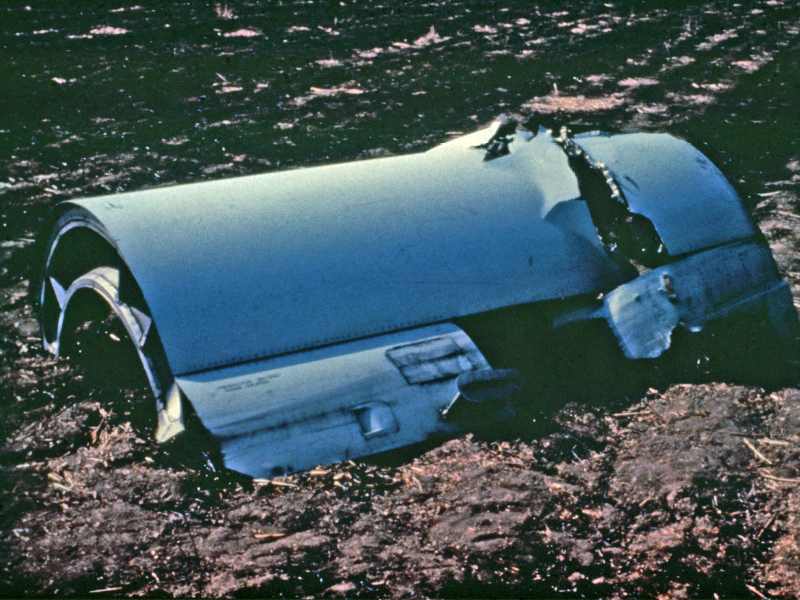
Crash of a Vickers 648 Varsity T.1 at RAF Oakington
Date & Time:
Aug 21, 1969
Registration:
WJ895
Survivors:
Yes
Schedule:
Oakington - Oakington
MSN:
619
YOM:
1952
Crew on board:
2
Crew fatalities:
Pax on board:
0
Pax fatalities:
Other fatalities:
Total fatalities:
0
Circumstances:
While completing training manoeuvres in the vicinity of RAF Oakington, the twin engine airplane collided with a private Cessna 150 registered G-ATKF. The pilot of the Cessna was able to perform an emergency landing as well as the crew of the Varsity who landed at RAF Oakington. Nevertheless, the aircraft was later considered as damaged beyond repair.
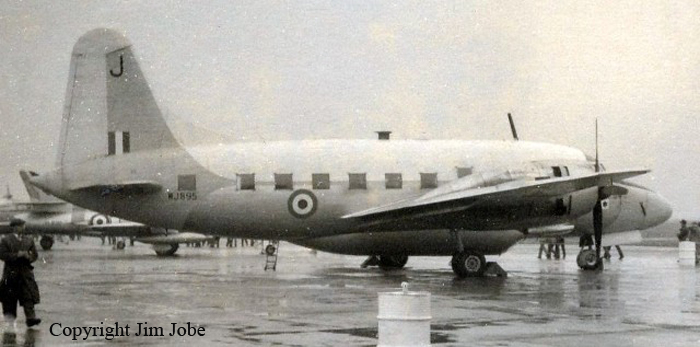
Crash of a Vickers 648 Varsity T.1 at RAF Oakington: 6 killed
Date & Time:
Jul 7, 1960
Registration:
WJ914
Survivors:
No
Schedule:
Wyton - Oakington
Crew on board:
5
Crew fatalities:
Pax on board:
1
Pax fatalities:
Other fatalities:
Total fatalities:
6
Circumstances:
The Viking was performing a flight from RAF Wyton with five crew members and a high ranking officer on board. On approach to RAF Oakington, at an altitude of 1,500 feet, the airplane collided with a RAF De Havilland DH.100 Vampire T.11 registered XD549 that just took off from RAF Oakington for a local training mission with two pilots on board. After the collision, both aircraft went out of control and crashed in a field located 4 miles southwest of the airbase. All eight occupants in both aircraft were killed. It is believed that both crew were responsible as they failed to pay sufficient attention to potential traffic.
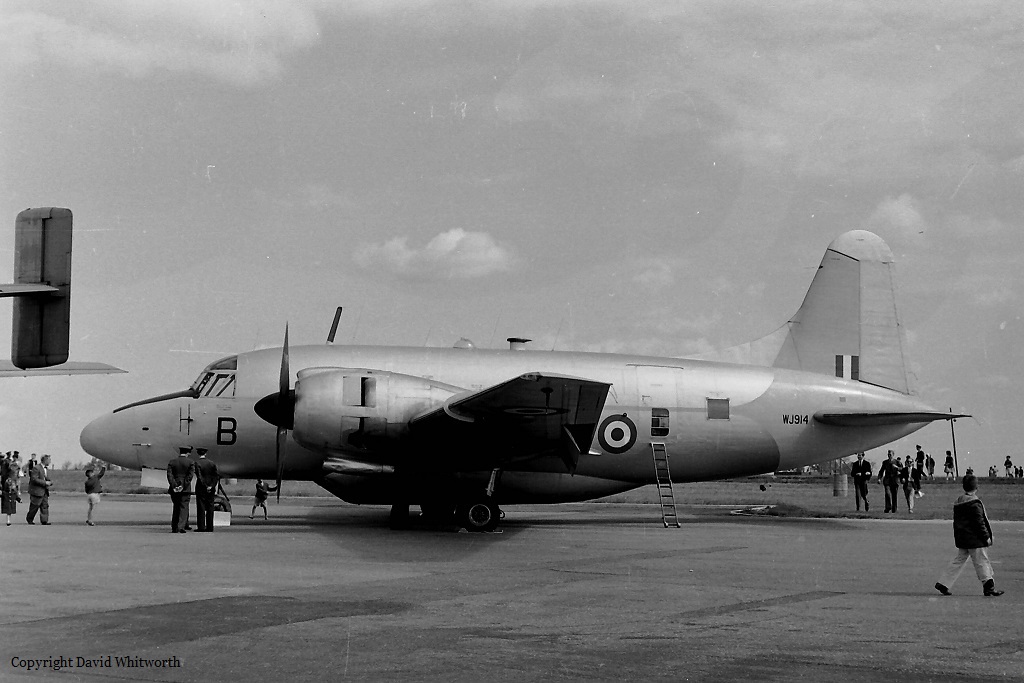
Crash of an Avro 694 Lincoln B.2 at RAF Upwood
Date & Time:
Jul 14, 1955
Registration:
WD128
Survivors:
Yes
Schedule:
Upwood - Upwood
Crew on board:
6
Crew fatalities:
Pax on board:
0
Pax fatalities:
Other fatalities:
Total fatalities:
0
Circumstances:
Just after liftoff, the airplane hit a truck with its undercarriage. The crew completed a holding circuit vertical to the airfield for several hours to burn fuel and eventually returned to RAF Upwood for an emergency landing. The aircraft belly landed in a grassy area parallel to runway 06, slid for dozen yards and came to rest. All six crew members were unhurt while the aircraft was damaged beyond repair.
Probable cause:
Collision with truck on takeoff.
Crash of an Avro 694 Lincoln B.2 in RAF Upwood
Date & Time:
Dec 19, 1952
Registration:
RF453
Survivors:
Yes
Schedule:
Upwood - Upwood
Crew on board:
5
Crew fatalities:
Pax on board:
0
Pax fatalities:
Other fatalities:
Total fatalities:
0
Circumstances:
Shortly after takeoff from RAF Upwood, while in initial climb, the engine number three caught fire. The captain retarded the throttle and ordered the flight engineer to shut down the engine. For unknown reason, the flight engineer mistakenly shot down the engine number two instead of the number three. With insufficient power, the aircraft stalled and crashed in an open field located few hundred yards past the runway end. While all five crew members were slightly injured, the aircraft was damaged beyond repair.
Probable cause:
The cause of the fire on engine number three remains unclear. Wrong reaction on part of the flight engineer who shot down the wrong engine.
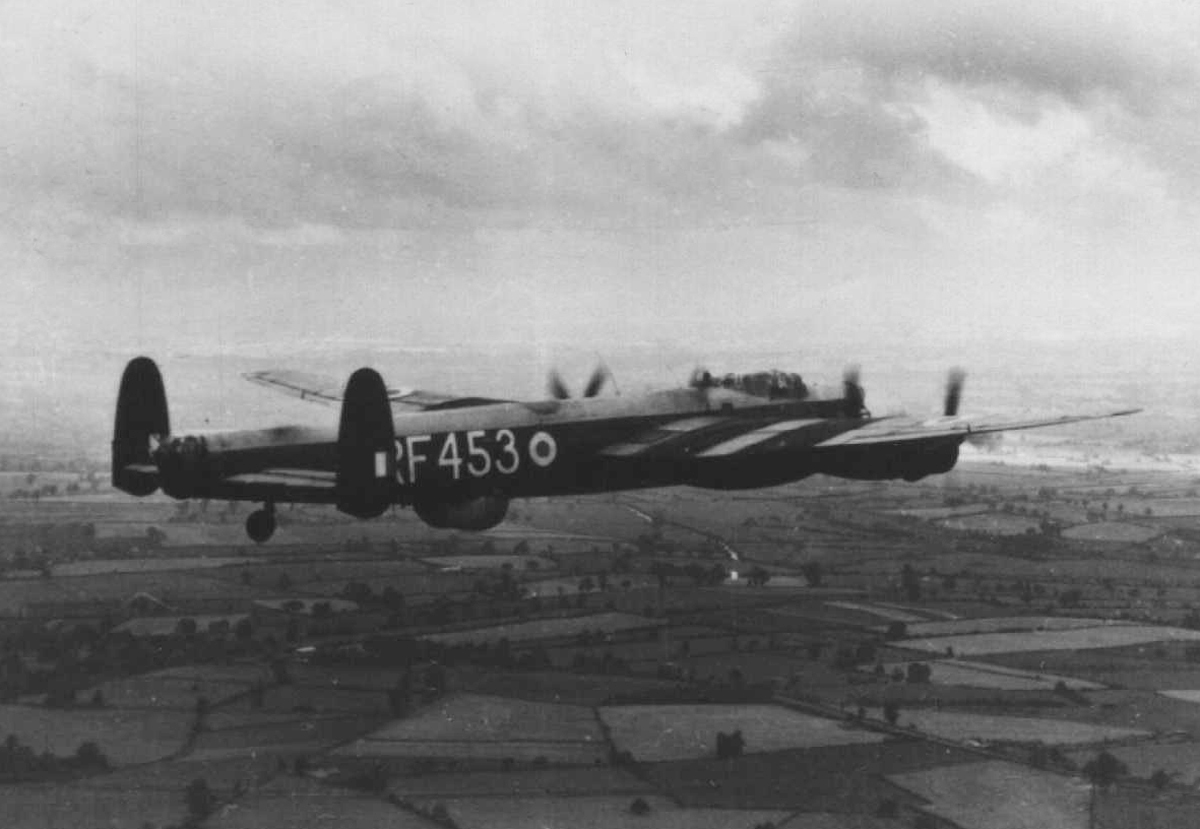
Crash of a Boeing B-50D-110-BO Superfortress in RAF Bassingbourn: 5 killed
Date & Time:
Feb 3, 1951 at 2235 LT
Registration:
49-0270
Survivors:
Yes
Schedule:
Bassingbourn - Bassingbourn
MSN:
16046
YOM:
1949
Crew on board:
8
Crew fatalities:
Pax on board:
0
Pax fatalities:
Other fatalities:
Total fatalities:
5
Circumstances:
The crew was engaged in a local night training flight when shortly after takeoff from RAF Bassingbourn, the aircraft encountered difficulties to gain height. It hit successively two rows of trees. On the second impact, the airplane broke in two. The front part crashed in a huge explosion while the rear part detached and crashed 100 yards away from the burning wreckage. The three crew members who were seating in the rear compartment were slightly injured while the five crew members who were seating in the forward compartment were killed.



